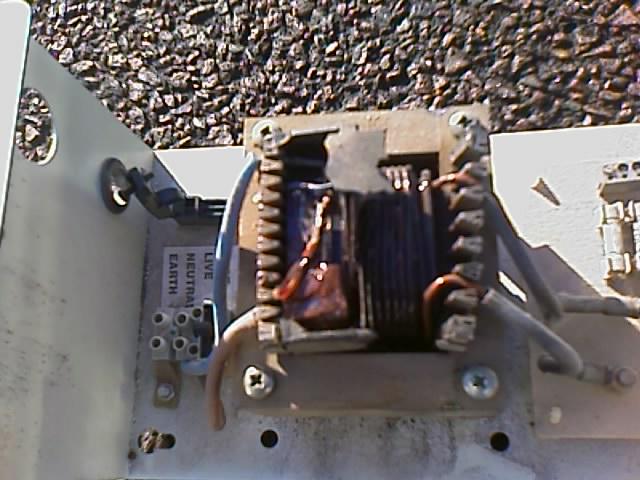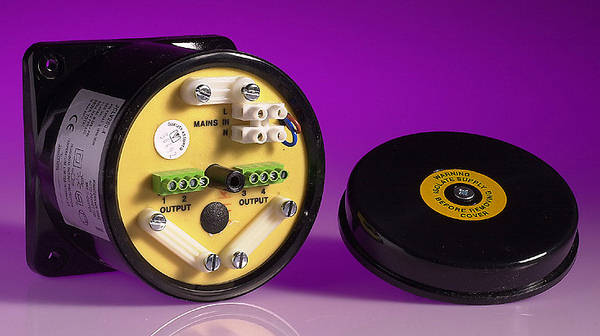Hi,
A long time ago, the old transformers used to burn out regularly, as they were left on 24/7 to power things (even though they'd been turned off).
You can tell the 'old' ones, because they are heavy (metals & windings etc), but the newer ones are a lot lighter, and don't burn out so easily.
Like a twerp, I can't remember what they're called !
Can someone remind me please ?
Of course they don't have to be 12v dc, they can be any size. Currently, I want to replace a 12vdc / 2A 3-pin plug (with 2-pin outlet): AB-4812167.
I may then look into changing all the transformers in my home.
regards
F
A long time ago, the old transformers used to burn out regularly, as they were left on 24/7 to power things (even though they'd been turned off).
You can tell the 'old' ones, because they are heavy (metals & windings etc), but the newer ones are a lot lighter, and don't burn out so easily.
Like a twerp, I can't remember what they're called !
Can someone remind me please ?
Of course they don't have to be 12v dc, they can be any size. Currently, I want to replace a 12vdc / 2A 3-pin plug (with 2-pin outlet): AB-4812167.
I may then look into changing all the transformers in my home.
regards
F




